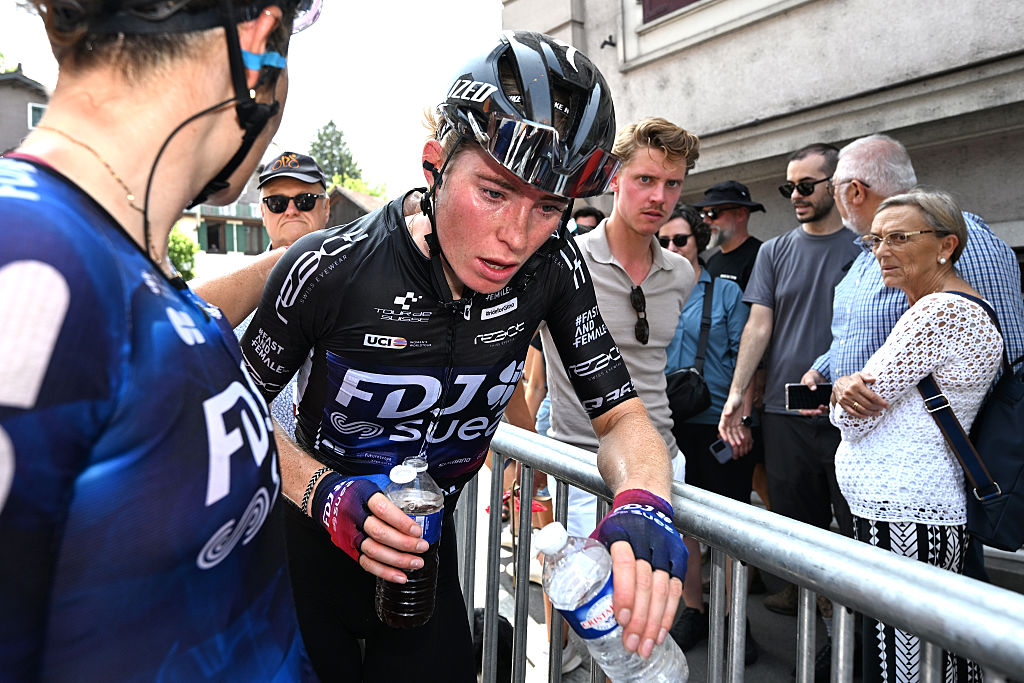;)
Sam Burns’ trusty grip trainer.
GettyImages
At four-under-par, Sam Burns currently holds the sole lead heading into the final round of the 125 U.S. Open. While his stellar putting has played a major role in his success at Oakmont, there’s another aspect of his game that we could all stand to learn from: his range routine.
In a recent Instagram post from Callaway, Burns is seen using a grip trainer club — similar to the one his friend and World. No. 1 Scottie Scheffler uses — ahead of the U.S. Open.
Burns’ swing coach, Brad Pullin, explains that it serves as a simple reminder and that the molded grip has been a long-time training aid for Burns.
“It just allows him to put his hands on there and feel where his grip needs to be,” Pullin says.
So why are so many elite ball strikers like Burns and Scheffler incorporating such a simple training aid into their practice sessions?
GOLF Top 100 Teacher, Joe Plecker explains that at high swing speeds, controlling the clubface requires precise hand placement. Noting that even the slightest change in hand position could have a significant impact on their swing.
“Small chances in hand placement can affect downstream elements in players’ swings like their stance, how they use the ground, where the exit of the swing goes, the shot shape — all of these things are connected to how they put their hands on the club,” Plecker says.
This grip trainer allows high-level players to align their grip with their clubface, release, exit, stance and ground force, helping them create a consistent and repeatable swing. However, these tools, Plecker says, aren’t just beneficial for Tour pros.
How a grip trainer can help you
Plecker believes amateurs of all skill levels can gain something from using a grip trainer. One of the biggest reasons? The immediate feedback. He explains that for average golfers, proper hand placement usually has instant — and even dramatic — results. For example, players struggling with a slice may adjust their lead hand and see their miss disappear almost instantly. Which helps them understand how a proper grip impacts the entire swing.
Another reason Plecker likes these training aids for amateurs is the consistency they provide. With a grip trainer, amateurs can log countless practice hours on the range using the same, correct, hand placement.
“You know that if the trainer is on correctly, they won’t slip back into old patterns,” Plecker says. “Any training aid that provides lasting effects is something that I’m all for.”
And as we’ve seen with players like Burns and Scheffler, the simplest tools often deliver the best results. By honing in your grip with this simple and cost-effective device, you can improve your swing like some of the best players in the world.












